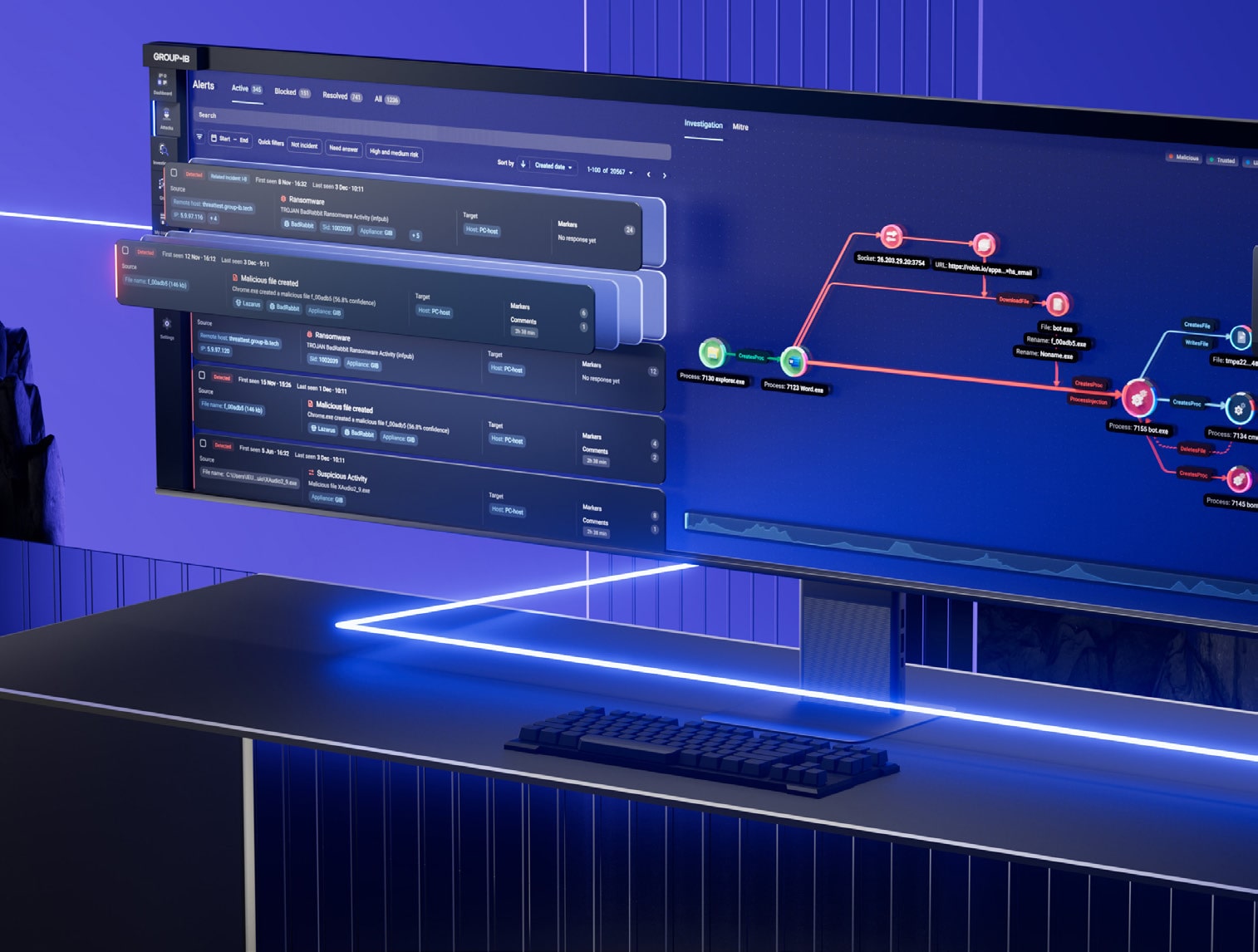Introduction
Ransomware remains the top threat in Europe. Group-IB’s research revealed a 52% year-on-year growth for ransomware attacks in 2023, yet many incidents are not included in statistics because they go unreported. Schools are an attractive target for ransomware operators for a few reasons. They store valuable personal and financial information as well as their own confidential research and intellectual property. At the same time, they can rarely afford to invest a huge amount in defense solutions, regular security check-ups, or large dedicated teams of cybersecurity professionals.
Educational organizations have a great deal of responsibility towards their clients — the pupils and their parents. Ransomware attacks can have consequences such as theft of sensitive data, operational disruption
due to lost access to systems, financial repercussions, and reputational damage. In the face of immense pressure and the high risk of sensitive information being stolen or leaked online, such organizations often choose to negotiate with criminals and ultimately pay the ransom.
What’s more, following initial breaches, threat actors often create additional points of entry within the infrastructure. This means that even if an organization manages to contain a single incident, it could face repeated attacks in the future. In such cases, it is essential to turn to professional incident response teams with solid skills, advanced forensic tools, and extensive experience in digital forensics. Only such professionals can ensure that your digital assets are safe to use.
























